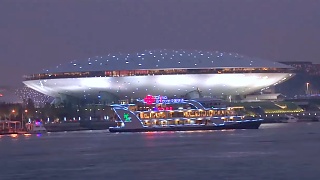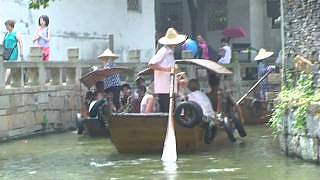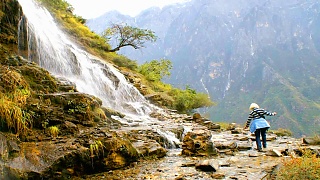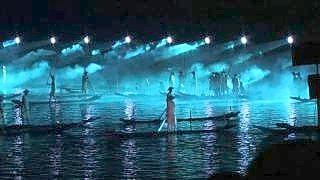The Western media's portrayal sounds like a pre-prepared script; part of the long-standing policy of world hegemony through 'color revolutions' destabilisations such as recently in Ukraine (and dozens more). At least, it has persisted in its propaganda for decades. The 'struggle for democracy' really means subservience to Western domination. Who is the one rewriting history?
Despite the thousands of protesters, other residents and hundreds of foreign journalists, there is no photographic evidence; the 'proof' lies only in tales.
For many weeks the government listened to the protesters but it had become overtaken by 'leaders' determined to force confrontation. About 300 (rioters and military) died a few kilometers west of the square as rioters attacked the military's approach to the square. At the square, an agreement was reached for the protestors to leave by dawn, and that's what happened, without bloodshed.
The MSM like to show us the 'tank man'. There is video too. This person climbs onto the tank, talks with the military, then again returns to being in front of the tank, which tries to go around him. Two bystanders then persuade him to leave. What we do not see - anyone getting shot or run over.
Some have grudgingly accepted that the violence took place some distance away from square, but state that the location is not important. But it is important given that for decades the tale was of a 'massacre of students in the square'; it shows the deception.
Who is the one rewriting history?
The following links have a good overview :
https://www.liberationnews.org/tiananmen-the-massacre-that-wasnt/
More :
https://www.rt.com/op-ed/163872-china-tiananmen-square-june4/
https://www.cbsnews.com/news/there-was-no-tiananmen-square-massacre/
 TianAnMen Square, June 4th, 1989 – what really happened
TianAnMen Square, June 4th, 1989 – what really happened












